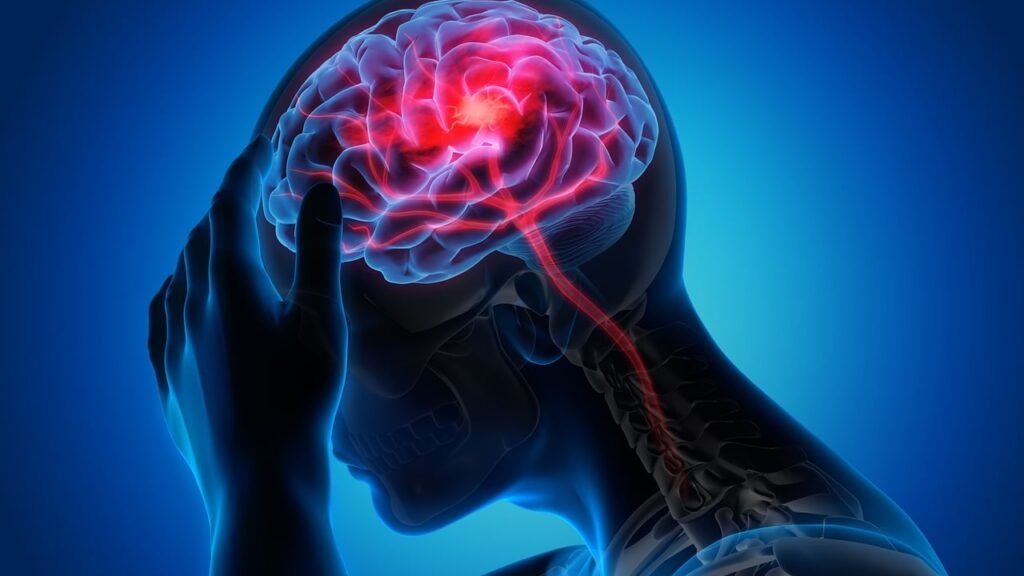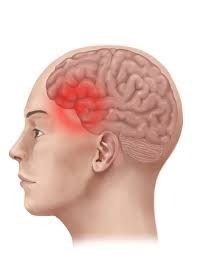Migraines: A Personal Insight
Migraines can be profoundly debilitating, a reality I have come to know all too well. The sheer intensity of a migraine attack can feel overwhelming, often taking away the ability to function in day-to-day life. I remember the first time I experienced a migraine; it struck suddenly, engulfing me in a storm of throbbing pain that worsened with every passing minute. It wasn’t just a headache; it was a cacophony of symptoms including nausea, sensitivity to light, and auditory disturbances that left me seeking refuge in the darkness of my room.The Migraine And Headache.

Each attack feels like a relentless wave crashing over me, rendering me ineffective and isolated from the world. I can recall times when simple tasks became monumental challenges. Grocery shopping turned into an ordeal, where bright lights and crowd noise amplified my discomfort. Social engagements, which used to be a source of joy, became instances of dread as I feared the possibility of a surprise migraine attack. The emotional toll is equally demanding; feelings of frustration and helplessness often arise, urging me to hide away from the disappointments and inconveniences associated with my condition.

The chronic nature of migraines has impacted my lifestyle significantly. I have had to adopt a more cautious approach to everyday activities, often turning down invitations or withdrawing from engagements to avoid triggering potential episodes. This constant vigilance can lead to a sense of loneliness, as misunderstandings from well-meaning friends may contribute to the isolation. It serves as a reminder of the silent struggle that accompanies chronic pain, emphasizing that the battle with migraines is not just physical, but also deeply emotional, influencing my interactions and experiences on multiple levels.
The Costly Pursuit of Relief: Traditional Treatments
For many individuals navigating the complex landscape of migraines, traditional treatment options often present both financial and emotional challenges. The journey typically begins with consultations from healthcare professionals who may prescribe a variety of medications aimed at alleviating the debilitating symptoms. Common treatments include over-the-counter pain relievers, prescription medications, and preventive therapies. However, the effectiveness of these treatments can vary significantly from one person to another.

The financial burden of managing migraines can be substantial. Patients frequently find themselves investing heavily in medications, doctor’s visits, and ancillary treatments that provide little to no relief. For instance, triptans, a class of medications specifically designed for migraine relief, can be expensive and may not work for every individual. Some patients may try numerous prescriptions, such as beta-blockers or antidepressants, only to face disappointment as they continue to experience persistent migraines. Moreover, the cumulative cost of ongoing medical appointments adds to the sense of frustration, further exacerbating the emotional toll.
Emotional investment is equally significant. The cycle of hope and disappointment that comes with trying diverse treatments can lead to feelings of despair and helplessness. Each new medication represents a potential breakthrough; however, when a chosen path fails to yield the desired improvement, it can lead to feelings of inadequacy and depression. Many migraine sufferers relate to the desperation that accompanies searching for an elusive solution in an overwhelming sea of options, all while trying to maintain normalcy in their daily lives. The Migraine And Headache.

Ultimately, the pursuit of traditional treatments underscores the challenges that countless individuals face in their battle against migraines. The journey can feel like an uphill battle, characterized by financial strain and emotional exhaustion, leaving many to question whether effective relief is truly attainable through conventional means.
Discovering Triggers: A New Approach to Management
Throughout my journey to find effective migraine relief, it became increasingly clear that understanding the triggers behind these debilitating episodes was crucial. Migraines can be complex, often influenced by a variety of factors that differ from one person to another. Therefore, I embarked on a personalized migraine trigger program designed to pinpoint specific elements contributing to my discomfort.
This program’s framework emphasized the importance of maintaining a detailed headache diary. By meticulously tracking the frequency, intensity, and duration of my migraines alongside potential triggers such as food, stress levels, and environmental changes, I began to uncover patterns that previously eluded me. This method not only illuminated specific food sensitivities and stress-related symptoms that could provoke an attack but also helped me recognize how my sleep habits played a role in the frequency of my episodes.

As I navigated this program, I encountered both successes and challenges. A significant breakthrough came when I identified strong correlations between certain dietary choices and my migraine occurrences. Eliminating these foods from my diet not only reduced the number of migraines but also contributed to a greater sense of well-being. However, the process was not without difficulty; overcoming ingrained habits proved challenging at times, and it took considerable dedication to adhere to the necessary adjustments.
This trigger identification approach marked a significant turning point in my migraine management. By acknowledging the unique aspects of my migraine experience and actively working to eliminate or mitigate potential triggers, I was able to regain control over my health. This newfound understanding of my migraine patterns has served as a vital tool in my journey toward relief, ultimately enhancing my quality of life.
A Life Transforming Program: The End of Migraines
My journey towards relief from the relentless grip of migraines took a pivotal turn when I discovered a groundbreaking program dedicated to eliminating migraines permanently. The decision to participate in this program was not one made lightly, as years of enduring severe headaches had left me skeptical about the efficacy of treatment alternatives. However, the initial consultation with the program’s creator ignited a flicker of hope that had long been extinguished. They explained a holistic approach that took into consideration not just physical symptoms but also lifestyle, mental wellness, and dietary choices, addressing the multifaceted nature of migraines.
The introduction to this program was both refreshing and inspiring. The creator emphasized the importance of understanding the triggers that lead to migraine episodes, while also highlighting techniques for stress reduction and the incorporation of nourishing foods tailored to brain health. Each step of the program felt like a door opening to a new way of life, one that reflected a supportive community united in the struggle against pain. As I committed to this regimen, I found myself embracing changes that I had previously thought were overwhelming or impossible.

Three weeks into the program, I experienced a remarkable transformation. Miraculously, the frequency and intensity of my migraines ceased. No longer was I bound by the limitations that my condition imposed. With each passing day, I felt a renewed sense of freedom—a freedom to engage in activities I once had to forgo. The sense of relief was palpable, as life reclaimed its rightful place and the shadows of my migraine struggles dissipated. This experience stands as a testimony to the potential for recovery and the possibility of a migraine-free future, inspiring not just myself but anyone who grapples with similar pain. The journey I embarked on symbolizes hope and the transformative power of the right guidance and support, illuminating paths to healing that once felt unattainable.

